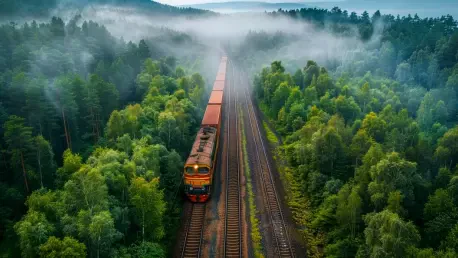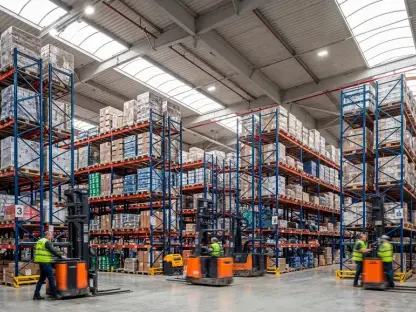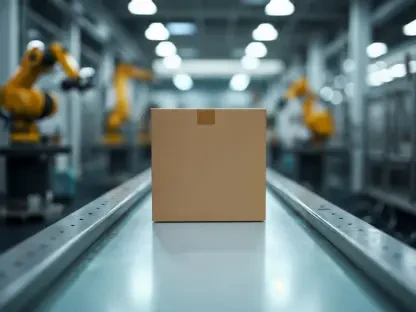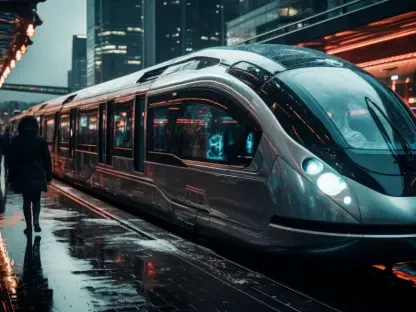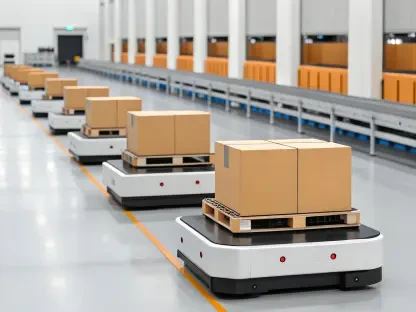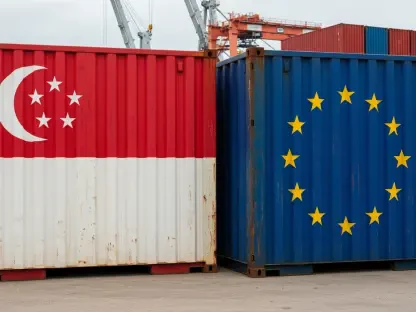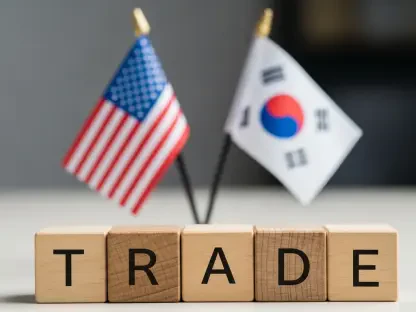Today, we’re thrilled to sit down with Rohit Laila, a veteran of the logistics industry with decades of experience spanning supply chain and delivery. Rohit’s passion for technology and innovation has positioned him as a thought leader in driving sustainable practices within the rail sector. In this conversation, we’ll explore the intersection of environmental stewardship and rail operations, dive into groundbreaking projects that tackle complex challenges, and discuss how innovation and collaboration are shaping a greener future for freight transportation.
How does it feel to see recognition for environmental efforts in the rail industry, and what does this kind of acknowledgment mean for the sector as a whole?
It’s incredibly rewarding to see environmental efforts in the rail industry being celebrated. Recognition like this highlights the hard work of individuals and teams who are pushing for sustainability while managing the day-to-day demands of freight operations. For the sector, it’s a powerful signal that environmental stewardship isn’t just a side project—it’s core to our future. It motivates companies and employees to keep innovating, knowing their contributions to cleaner operations and community well-being are valued.
Can you share a story from your career that shaped your understanding of how environmental challenges can be addressed within logistics and rail operations?
Early in my career, I worked on a project where we had to rethink waste management across a major supply chain route. We were dealing with significant inefficiencies that led to unnecessary environmental impact. By collaborating with local stakeholders and integrating technology to optimize routing, we reduced waste by nearly 30%. That experience taught me that environmental solutions in logistics aren’t just about compliance—they’re about finding smarter ways to operate. It’s a mindset I’ve carried into every project since, especially when looking at rail’s potential to cut emissions.
What do you think are some of the most complex environmental hurdles the rail industry faces today, and how can they be overcome?
One of the biggest hurdles is balancing operational efficiency with environmental goals. Rail is already one of the most energy-efficient ways to move freight, but aging infrastructure and regulatory complexities can slow down progress on things like emissions reduction or land remediation. Overcoming this requires a mix of investment in new technologies—like fuel-efficient locomotives or digital tracking systems—and strong partnerships with regulators and communities. It’s about aligning everyone on a shared vision of sustainability without compromising service reliability.
In your view, how can technology and innovation play a role in advancing sustainability within rail operations?
Technology is a game-changer for sustainability in rail. For instance, predictive analytics can optimize train schedules to minimize fuel use, while IoT sensors can monitor equipment health to prevent wasteful breakdowns. I’ve also seen innovations like nature-based systems for managing environmental impacts, which use natural processes to treat contamination. These solutions show how tech can work hand-in-hand with nature. The key is scaling these innovations across the industry through collaboration and investment, ensuring they’re not just pilot projects but standard practice.
Can you talk about the importance of collaboration between rail companies, regulatory agencies, and local communities in achieving environmental goals?
Collaboration is absolutely critical. Rail operations often span multiple jurisdictions, each with its own rules and priorities, so working with agencies ensures compliance and builds trust. Engaging local communities is just as important—when they understand the benefits of a cleanup project or a new operational change, they become advocates rather than obstacles. I’ve seen projects succeed because all parties were at the table from the start, sharing ideas and addressing concerns. It’s not always easy, but it’s the only way to create lasting impact.
How do you see the rail industry’s commitment to reducing greenhouse gas emissions evolving over the next decade?
I’m optimistic about the rail industry’s trajectory on emissions reduction. With major players setting science-based targets and investing in cleaner technologies, we’re already seeing a shift toward lower-carbon operations. Over the next decade, I expect hybrid and electric locomotives to become more common, alongside broader adoption of alternative fuels. The focus will also be on supply chain integration—working with shippers and other industries to cut emissions end-to-end. It’s a big challenge, but rail’s inherent efficiency gives us a head start.
What is your forecast for the future of sustainability in the rail industry?
Looking ahead, I believe sustainability will become the backbone of rail strategy, not just a checkbox. We’ll see tighter integration of environmental goals into every aspect of operations—from infrastructure upgrades to daily logistics. Technology will drive much of this, with AI and data analytics helping us predict and mitigate environmental risks before they become issues. I also think community engagement will grow, as railroads recognize that sustainable operations depend on public support. It’s an exciting time, and I’m confident rail will continue to lead as one of the greenest modes of transport.
